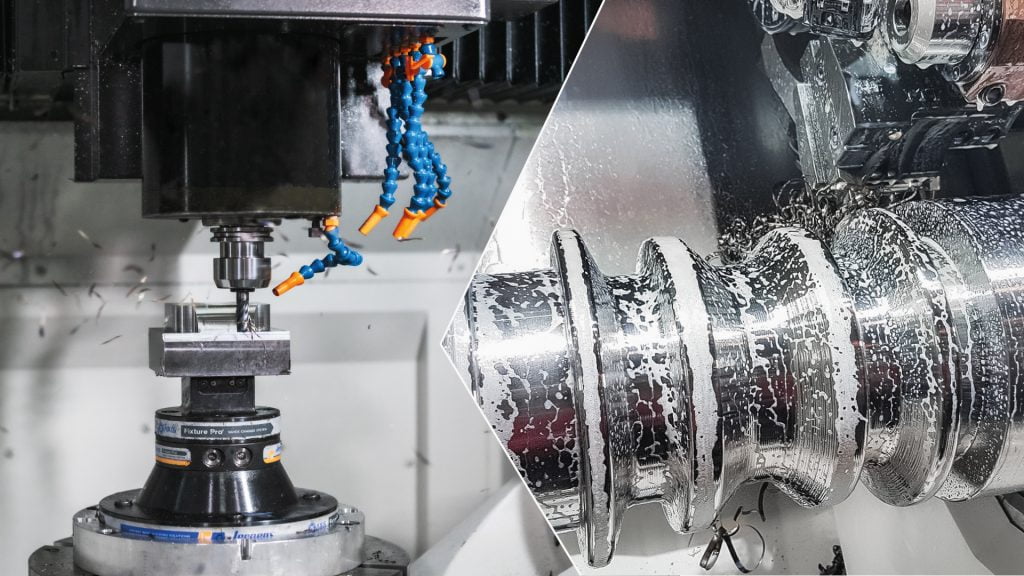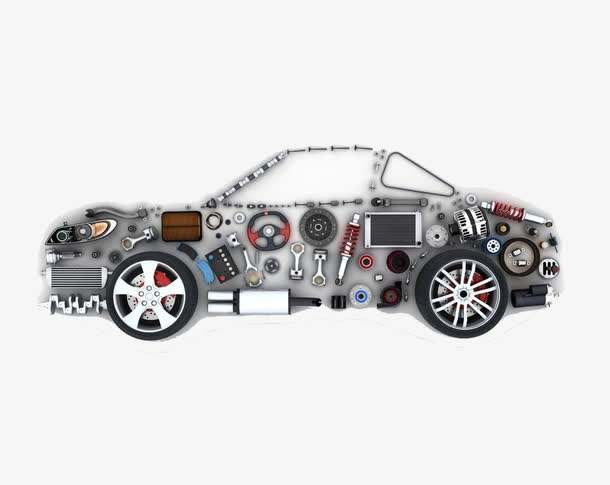As the lightest metal structural material, magnesium alloy has the advantages of high specific strength/stiffness, stable size, easy machining and forming, good thermal and electrical conductivity, damping and vibration reduction, electromagnetic shielding and easy recycling, etc., so it is known as "green engineering material in the 21st century".
Magnesium alloy has become an important structural material in aerospace, automobile, electronic communication and other industrial fields. In aerospace.
Magnesium alloy is widely used in the manufacture of important mechanical equipment parts for aircraft, missiles, spacecraft and satellites, so as to reduce the weight of parts, improve the maneuvering performance of aircraft and reduce the launch cost of spacecraft.
As early as the 1950s, Chinese imitation aircraft and missile skins, frames and engine cases have been used magnesium rare earth alloy.
Since 1970s, with the rapid development of aviation and space technology of our country, magnesium alloy has been widely used in strike aircraft, helicopters, missiles and satellites.

There are two main factors limiting the application of magnesium alloy in the aerospace field:
(1) The strength of the material is low, especially the high temperature strength and creep resistance are poor.
(2) Magnesium alloy castings are easy to form shrinkage and thermal cracks, the yield is low, and the plastic processing conditions of magnesium alloy deformation parts are difficult to control, leading to the instability of microstructure and mechanical properties.
As an important research and technology transfer center of magnesium alloy in our country, systematic and thorough research has been conducted. After more than 20 years of exploration and development, great breakthroughs have been made in new materials and new processes.














